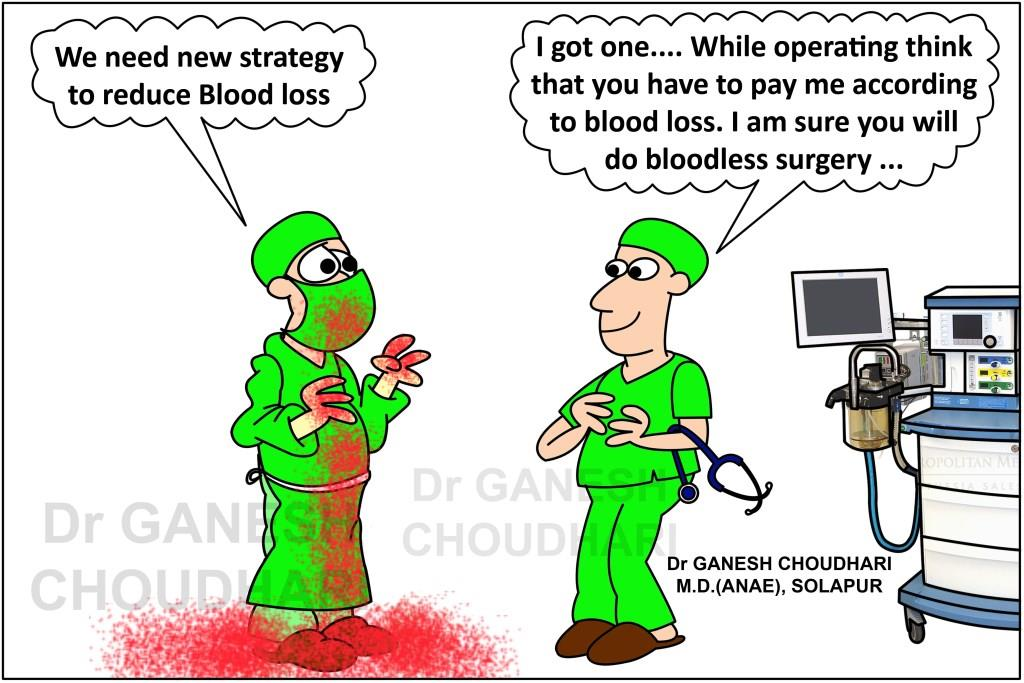X-ray, CT, ultrasound, nuclear magnetic resonance, what is the difference
X-ray is to took a photo examination of your body. So X-ray is also called film, a very vivid image. In fact, CT also use X-ray to take pictures of the body. However, it is not to take a picture, but to shoot a lot of pictures, check layer by layer. Ultrasound is the way to send out ultrasound and then use the reflected echoes to portrait the image. Nuclear magnetic resonance, also known as MRI, is to use a strong magnetic field, so that the body of hydrogen atoms, the first team and then disbanded to accept the electromagnetic signals during this period, giving the body "portrait."
However, the above explanation is too common.Let's try to explain in simple terms.
Take an example of watermelon. When we want to buy watermelon, how do you check it is delicious? X-ray examination, is to take a perspective photo to check watermelon . CT examination, is to cut the melon into a piece to see clearly. B-ultrasound, is like we pat the watermelon, then listen to the echo. MRI, is to pick up the shake the watermelon and then watch the pick it.

Normally, different part of the body use different way of examination.
Brain and spinal cord CT and MRI are the most commonly used. Such as acute stroke, spinal trauma, CT generally do first, a detailed analysis available NMR.
Spine (cervical, lumbar, thoracic) Skeletal problems are most commonly seen with X-rays, others usually with MRI and CT. Chest The most common are X-ray and CT; The general general situation about the election X-ray, detailed analysis of selected CT, lung examination generally do not choose the MRI.
Heart The most common cardiac function is ultrasound, coronary heart disease is the most commonly used CT or coronary angiography; Nuclear magnetic resonance can also be used for cardiac exams.
Esophagus, stomach The most commonly used is X-ray, when diagnosed with endoscopy. Abdomen, pelvis The most commonly used equipment is ultrasound.
However, it should be noted that all the above situation are conventional cases, not absolute, requiring specific analysis of specific issues. Each imaging examination principle is different. Each has strengths. There is no absolute test of the points, nor is the more expensive the better. According to different parts and the need to check the focus, choose a different imaging method. Sometimes a check is enough, sometimes you need to do a variety of checks in order to ensure accurate diagnosis. The best way is: listen to the doctors.
Learn more about ultrasound at http://www.medicalequipment-msl.com/htm/medical-equipment-news





